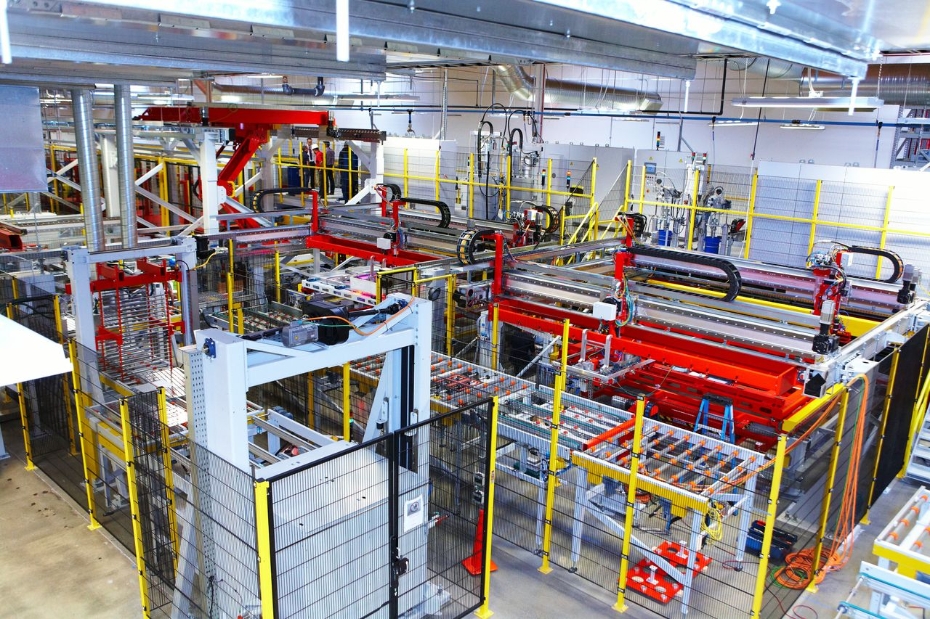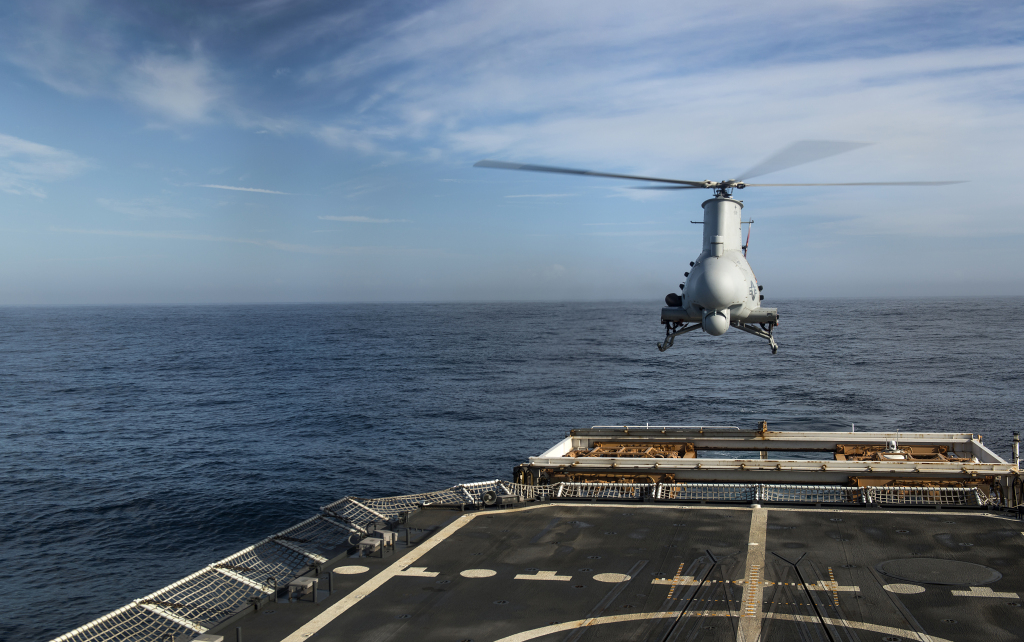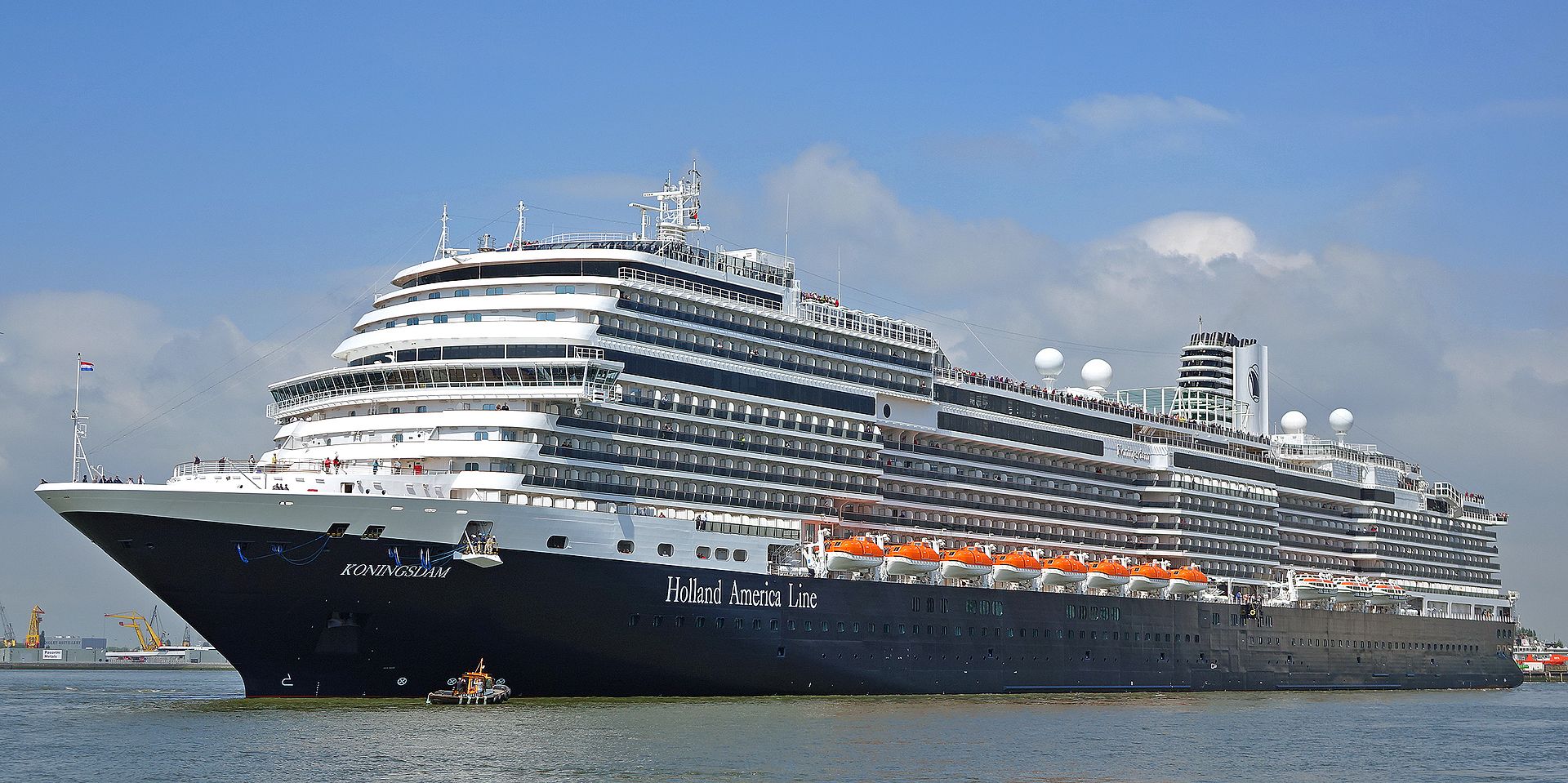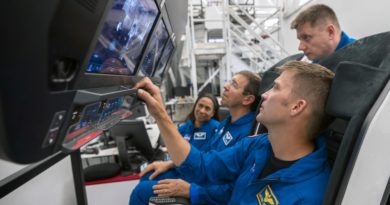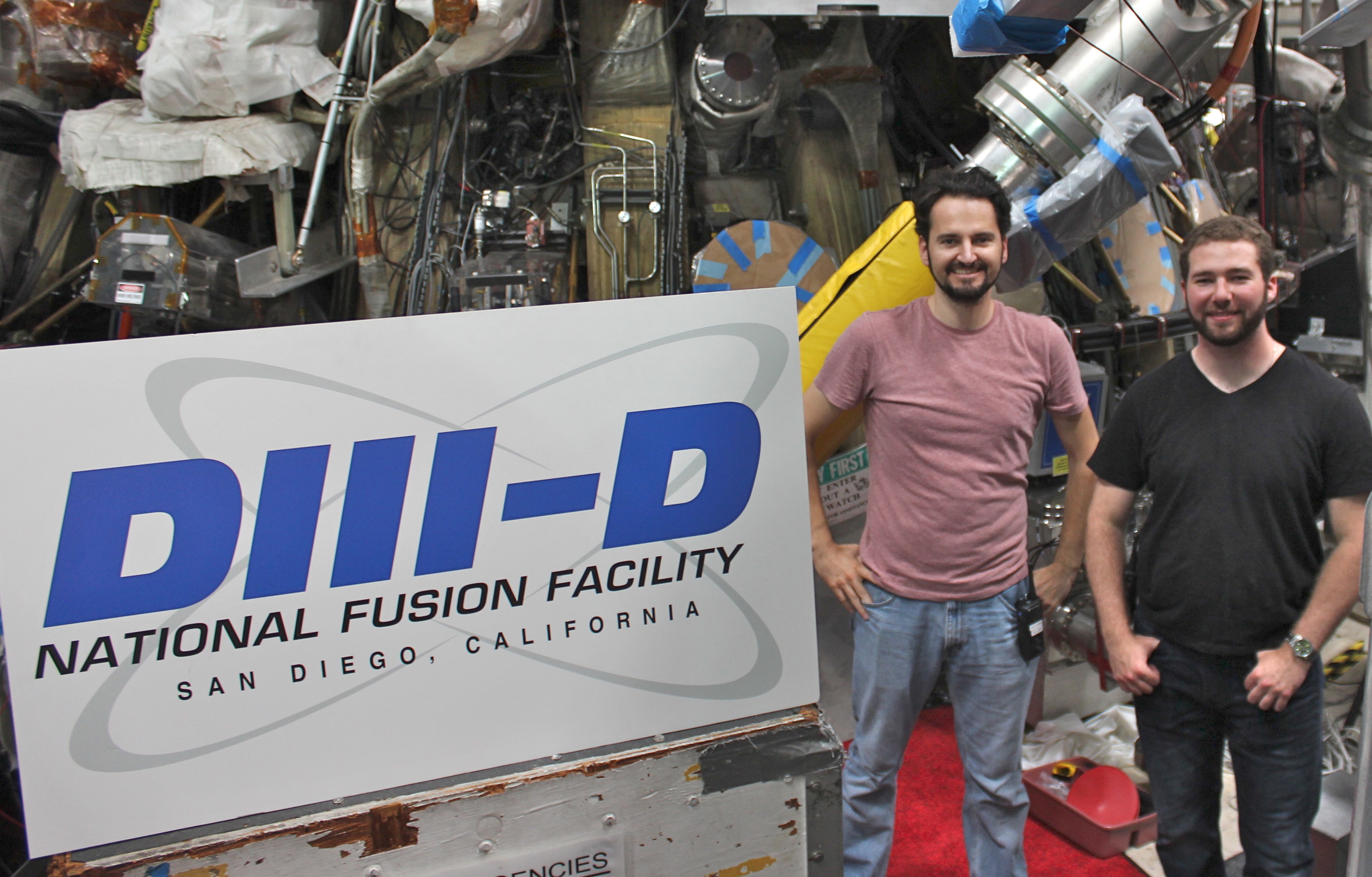Daily Business Report-Dec. 22, 2014
Soitec is one of the region’s solar manufacturers.
The Darling of San Diego’s Solar
Manufacturing Is on Its Death Bed
A San Diego solar factory that rode into town on a wave of fanfare and government assistance is now on its last leg, reports Voice of San Diego.

Soitec, one of the region’s only solar manufacturers, came to San Diego in 2011, bolstered by the promise of lucrative power contracts with San Diego Gas & Electric and a project in Imperial Valley with Omaha-based Tenaska Solar Ventures. Those deals were crucial to the company’s decision to build its plant in Rancho Bernardo.
The Tenaska deal is now history, and Soitec confirmed Friday its SDG&E agreements are also in peril. In fact, SDG&E and Soitec disagree on whether their contract even still exists.
Local Soitec chief Clark Crawford said the company has sought meetings with SDG&E for weeks in hopes of discussing the future of its contract.
“To date, they have declined to discuss the issues directly with us,” Crawford said in a statement. “If they continue to decline a meeting with us today we fear they may allow the power purchase agreements to just terminate.”
SDG&E, meanwhile, says it’s gone out of its way to accommodate Soitec and that the company’s statements about the status of its contract aren’t true.
“SDG&E does not have any contracts with Soitec,” utility spokeswoman Jennifer Ramp said.
It wasn’t supposed to be this way.
Soitec, one of the region’s only solar manufacturers, made national headlines in 2011 when it opted to come to San Diego. The French company promised 450 local jobs and at least 200 megawatts of solar production a year.
Soitec’s arrival was supposed to be a shining example that large-scale manufacturing was possible in San Diego after all. State, local and national leaders lined up to make Soitec a success.
All that has crumbled.
The MQ-8B Fire Scout performed precision take-off and landings during a demonstration on the Coast Guard Cutter, USCGC Bertholf near Los Angeles. (Photo: Petty Officer 2nd Class Luke Clayton/U.S. Coast Guard)
Coast Guard Tests Unmanned Helicopter
Looking for a way to increase the surveillance range of its cutter, the U.S. Coast Guard tested an unmanned helicopter off Point Mugu in Ventura County. The MQ-8B Fire Scout, built by Northrop Grumman in San Diego, took off for a test flight from the USCGC Bertholf with the helicopter being controlled by Navy pilots and Coast Guard personnel from a Fire Scout control station on the ship during a demonstration Dec. 5.
The demonstration will help the Coast Guard determine the capabilities of the Fire Scout for its uses, Lt. Cmdr. Dan Broadhurst said.
“The MQ-8B Fire Scout is the Navy’s combat-proven unmanned helicopter, and can provide the same persistent maritime surveillance capabilities for the Coast Guard,” Northrop Grumman’s spokesman George Vardoulakis said. “I’m confident that we’ll demonstrate increased NSC effectiveness while lowering the Coast Guard’s operational costs.
— Times of San Diego
Electric Car Charging Stations Operational
Today at County Administration Center
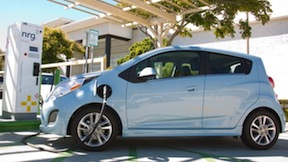
Several charging stations for electric vehicles are set to go into operation today in the parking garage under the Waterfront Park at the County Administration Center.
The stations are located along the southwest wall of the garage. One for the disabled is located on the southeast side near the garage elevator, according to the county.
The county won a $500,000 grant from the California Energy Commission to help pay for the installation of stations. ChargePoint installed them, and will own and operate them for five years.
The Waterfront Park stations are the first to be installed in a project that will expand to 10 other county parking facilities within the next year.
County officials said charge-ups will be free during Christmas week.
— City News Service
Pilot Project to Test Use of Laptops
On Metropolitan Transit System Buses
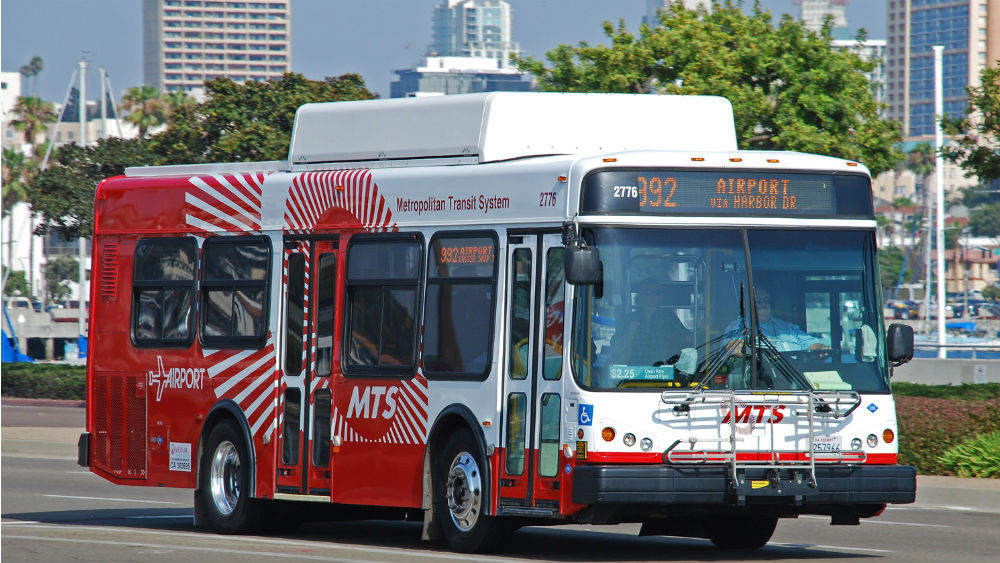
The San Diego Association of Governments planning board has approved a pilot project that could let San Diegans use their laptops on the bus.
The board on Friday agreed to spend $275,000 to test a wireless Internet service on some of the buses, which are used on three rapid bus lines in San Diego. If the signal proves to be strong, SANDAG will spend a total of $654,000 to set up the system on all 47 buses used on the rapid bus routes.
Rapid bus lines have fewer stops and better stations than your typical bus line, in hopes of attracting more customers to mass transit. A SANDAG staff report says wireless Internet access is one of the biggest requests by users of public transportation.
One of the rapid bus lines runs between Downtown San Diego and San Diego State University. One runs from Downtown to Escondido, and another goes between Rancho Bernardo and UC San Diego. A SANDAG staff report says wireless Internet access is one of the biggest requests by users of public transportation.
The pilot program will allow coverage to be tested along the bus routes and give time for necessary adjustments to be made, according to SANDAG. Test results in other cities have shown coverage can be spotty because of frequent coverage dropouts.
The pilot project calls for only six of the 47 buses that serve Routes 215, 235 and 237 to be outfitted with wi-fi for testing. Passengers will be surveyed about their experiences using the system. If the tests go well and wireless systems are placed in all rapid buses as early as fall 2016.
— City News Service
Plastic Bag Ban Opponents Close to
Getting Repeal Measure on Ballot
Opponents of California’s statewide ban on single-use plastic bags are close to getting their repeal initiative on the 2016 ballot. The California bag ban is supposed to tak effect next summer, but the plastic bag industry is bankrolling a repeal initiative.
Opponents of the ban have already raised nearly $3 million to gather 500,000 signatures. The majority of the funding has come from plastic bag manufacturer, Hilex Poly, according to the Sacramento Business Journal.
Mark Murray, a member of Californians Against Waste, supports the bag ban. He said California will still have a host of local bag bans in place no matter what happens with the initiative.
‘A third of the state of California will no longer have plastic bags,” Murray said. “The statewide bag ban is basically tying up the loose ends, taking these very successful local plastic bag bans and applying that same concept statewide.”
Murray said he’s confident voters will reject the measure to overturn the statewide ban.
“The problem with the referendum is that it would postpone implementation of the ban that’s already been passed by the legislatures,” Murray said. “So that means more plastic bags, more clean-up costs, more costs for stores and consumers.”
— KPBS
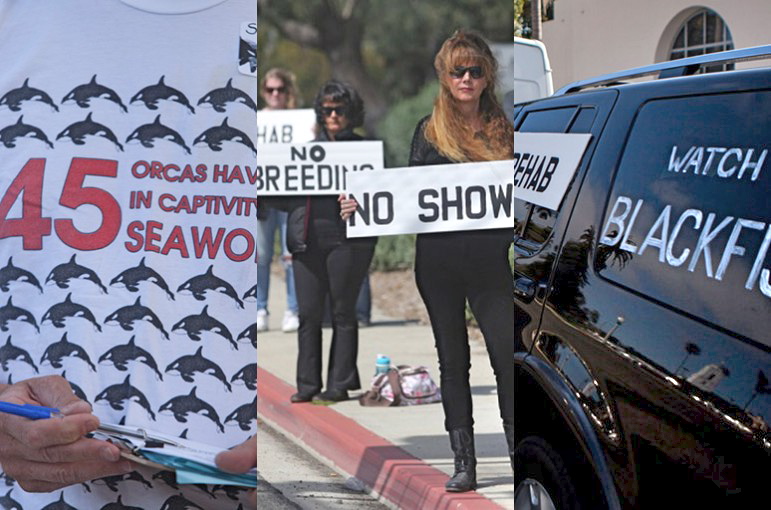
Voice of the Year — The SeaWorld Agitators
Voice of San Diego has named the SeaWorld agitators as “Voice of the Year” for 2014 for their campaign against the park’s killer whale program.
“Whether they get their way or not, the concessions SeaWorld has already made, the hits its bottom line has shouldered and the debate that raged for the better part of the year makes the SeaWorld agitators 2014′s Voice of the Year,” the online publication said.
“For the past year, San Diegans have grappled with a local institution they’d long celebrated for bringing tourists to town and rescuing injured animals from local beaches,” said Lisa Halverstadt and Sara Libby of Voice. “That’s all changed. Now residents must confront a powerful, uncomfortable question: Is SeaWorld worth the jobs it provides and the education it imparts if it comes at the expense of its captive killer whales?”
Voice of San Diego is a media partner of SD METRO and the Daily Business Report.
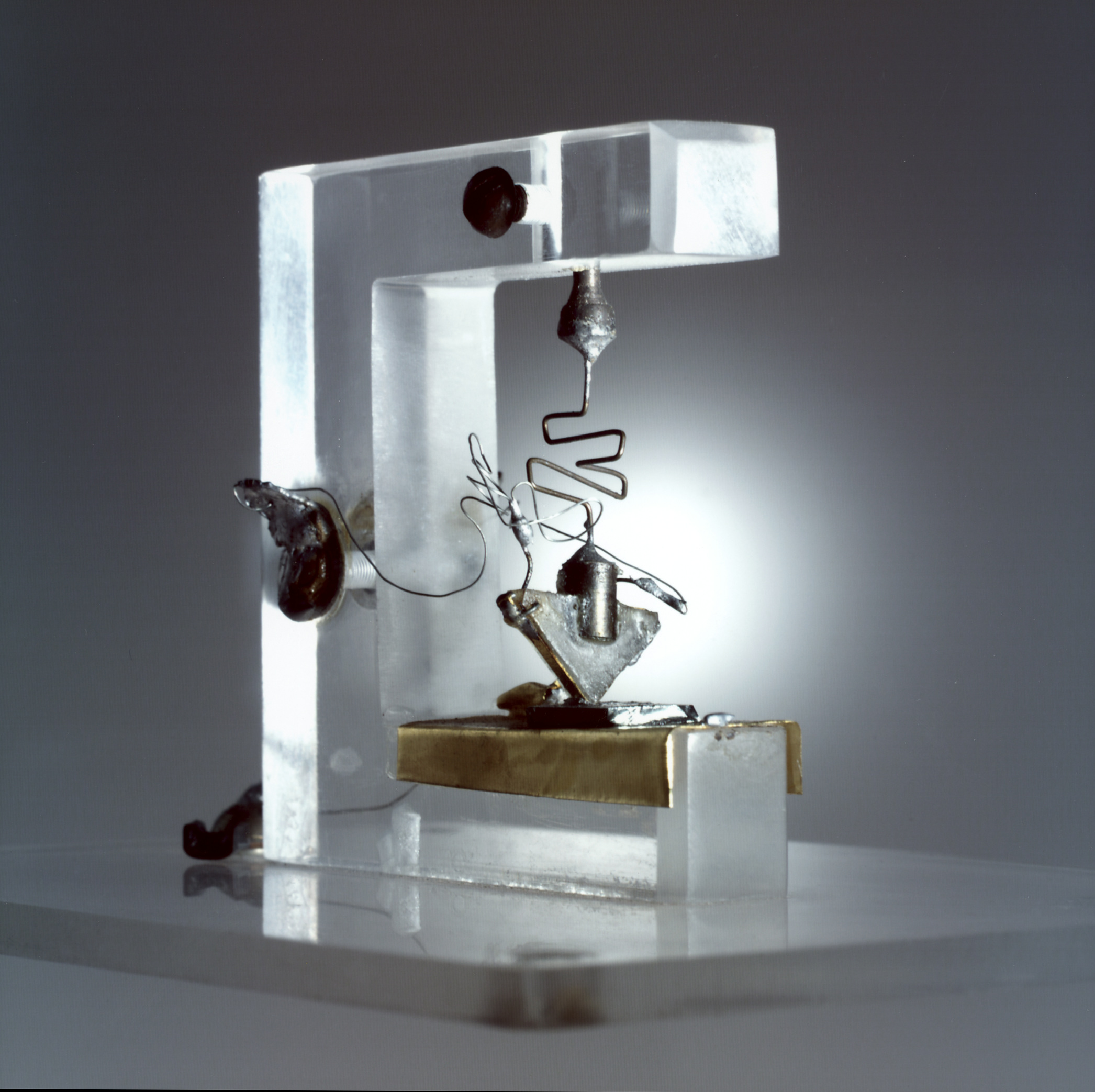
Birth of the Transistor
One of the most important inventions of modern times dates to this week in 1947. Three Bell Laboratory scientists successfully tested what would become the junction transistor, vital to our information age. The three shared the Nobel Prize in physics in 1956.

The transistor replaced bulky, fragile vacuum tubes, which generated a lot of heat as they amplified a signal. As a Bell colleague who coined the term “transistor” said, “nature abhors the vacuum tube.”
The first application that caught the public’s attention was the transistor radio. Now, transistors are found in every electronic device that we all take for granted.
Today, there are nearly 28,000 electronics-focused stores in the U.S., with sales worth $56 billion annually.
— Profile America, U.S. Census Bureau

